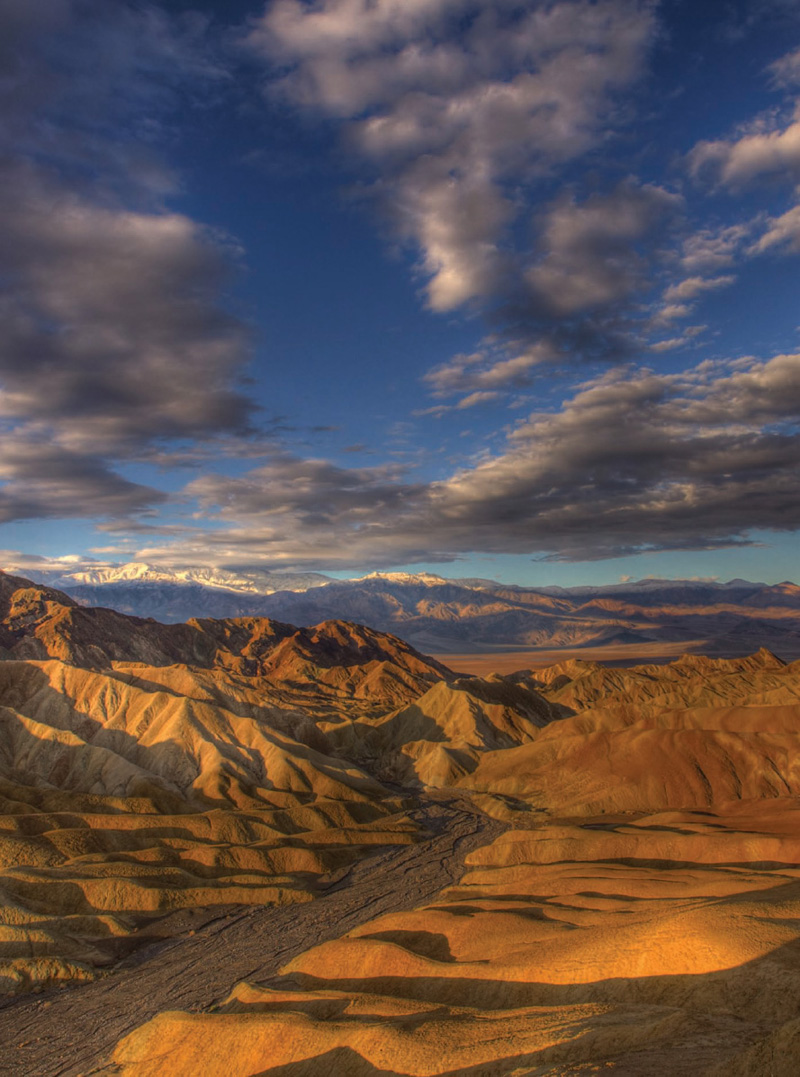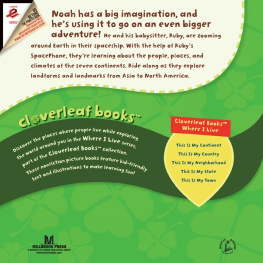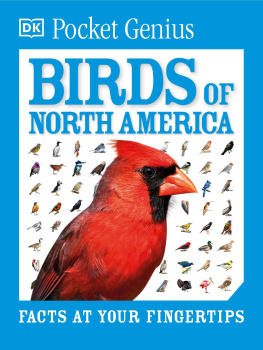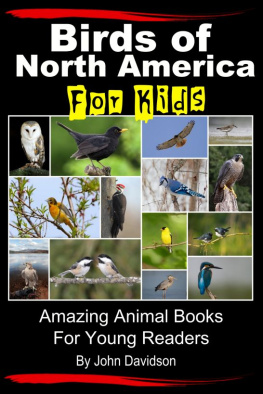NORTH AMERICA
A WORLD IN ONE CONTINENT
by Huw Cordey

2013 Discovery Communications, LLC. Discovery Channel and the Discovery Channel logo are trademarks of Discovery Communications, LLC, used under license. All rights reserved. discovery.com
Published by Running Press,
A Member of the Perseus Books Group
All rights reserved under the Pan-American and International Copyright Conventions
This book may not be reproduced in whole or in part, in any form or by any means, electronic or mechanical, including photocopying, recording, or by any information storage and retrieval system now known or hereafter invented, without written permission from the publisher.
Books published by Running Press are available at special discounts for bulk purchases in the United States by corporations, institutions, and other organizations. For more information, please contact the Special Markets Department at the Perseus Books Group, 2300 Chestnut Street, Suite 200, Philadelphia, PA 19103, or call (800) 810-4145, ext. 5000, or e-mail .
Library of Congress Control Number: 2012953087
E-book ISBN 978-0-7624-4843-2
9 8 7 6 5 4 3 2 1
Digit on the right indicates the number of this printing
Cover and interior design by Melissa Gerber
Edited by Geoffrey Stone
Typography: Adobe Garamond, Gotham, Avenir LT Std, and Goudy Oldstyle
Running Press Book Publishers
2300 Chestnut Street
Philadelphia, PA 19103-4371
Visit us on the web!
www.runningpress.com
To John Hendricks,
founder and chairman of Discovery Communications, chairman of the National Forest Foundation, and champion of preserving the beauty of our continent, North America, and our planet.

CONTENTS
N orth America is a land of rich biological diversity. In my work as head of The Nature Conservancy, Ive been lucky enough to see some of our continents extraordinary landscapes firsthand, from golden plains to frosted peaks, from the tangles of coral reefs to those of the jungle, from open desert expanses to mist-shrouded forests, and from peaceful ponds to rushing rivers.
From Discovery Channel and Silverback Films, comes a breathtaking story: North America. In this companion book to the series, Series Producer, Huw Cordey seamlessly integrates animal, wilderness and human stories. The 347 images that follow remind us of the long and colorful history of a continent so many call their home, and the fundamental imperative we all have to protect it.
For me, that imperative has never been clearer. Despite all the good work of conservationists over the years, the challenges to nature are growing more serious. Yet there is hope, especially if we can convince people that nature is not a special interest. All of our lives and livelihoods are intertwined with the survival of nature. More than ever, it is crucial that we develop innovative solutions to continue to meet the needs of a growing population without destroying the natural systems that provide us with clean air to breathe, water to drink, and healthy soils to grow our food.
Books like this and the series it accompanies are one of the ways we hope to instill in people a greater appreciation of nature. To that end, I hope the stunning photos in the pages that follow will inspire you to want to protect the spectacular wild places on our continent.
The images are extraordinary. During the production of North America, four dozen men and women spent three years traveling from the Arctic Circle to the Panama Canal. Along the way, they encountered North Americas remarkable wildlife firsthand and recorded these encounters in spectacular detail and brilliance. In their journeys, the crew assembled a picture of North Americas diverse terrains and abounding flora and fauna. In these fleeting moments, they also captured the fragility of its natural wonders.
North America reminds readers of the importance of our natural heritage. For example, the beautiful cypress-draped wetlands of the Florida Everglades, home to the gentle manatee and the fearsome crocodile, also provide the main source of drinking water for millions of South Floridians. The coral reefs of Central America, where underwater cameraman Didier Noirot was the first to ever film a unique partnership between a bass and a moray eel, provide the foundation for local fisheries, tourism, and recreation economies. The rainforests of Panama, where the crew recorded the spectacular mating dance of the red-tipped manakin, supply water for the operation of the Panama Canal, soaking up water in the rainy season and slowly releasing it during drier months.
Further north the millions of horseshoe crabs that come ashore each spring in Delaware Bay contain a substance used to test the purity of medicines. And the Great Bear Rainforest of British Columbia, where the team spent ten weeks seeking the perfect shot of coastal wolves feasting on salmon, sustains the livelihoods and culture of First Nations people.
While we celebrate these places intrinsic beauty, natures important social and economic valuesfrom improved water quality to increased recreational opportunities and tourism revenueswill help us move conservation from the sidelines to the mainstream. North America reminds us that we are all connected by our environment, and that it is our responsibility to protect the lands and waters on which all life depends.
Mark R. Tercek, President and CEO,
The Nature Conservancy

N orth America is the most extraordinary continent on earth. Stretching from the tropics of Panama to the icy wastelands of northern Canada and the Arctic, it has the greatest range of landscapes, the greatest extremes of seasons, and the most exciting variety of wildlife on the planet. It is a world in one continent, with its magnificent mountain ranges, great deserts, vast plains, breathtaking canyons, and lush forests.
Here you can experience the most extreme temperature changes in the world, and the most terrifying and brutal weather: tornadoes, hurricanes, great storms, sudden snowfall, and scorching heat. And the breathtaking natural diversity and abundance of riches that these conditions create is home to many of natures greatest marvels, including the worlds tallest, biggest, and oldest trees; a canyon that is one of the seven natural wonders of the world; the worlds oldest mountain range; and the worlds largest freshwater lake.



It is a land of surprises. Who would have thought that mankinds greatest alliesthe dog, the horse, and the camelall originated in North America? Or that it is the only continent to have every kind of climate? Or that it is home to the worlds tallest mountain? Measured from base to tip, Alaskas Mount McKinley/Denali is taller than Mount Everest.
With 150,000 miles of coastline, North America also has the longest and most abundant shores of any continent on earth. And its two coasts, East and West, could not be more different from one another. On the East are the warm, shallow seas of the Atlantic that produce rich corals and the worlds greatest tidal ranges, and nurture a huge diversity of sea life. On the West, the vast swells of the Pacific Ocean hit the steep cliffs of the great mountain ranges that rise, harsh and jagged, from the deep.
Next page













